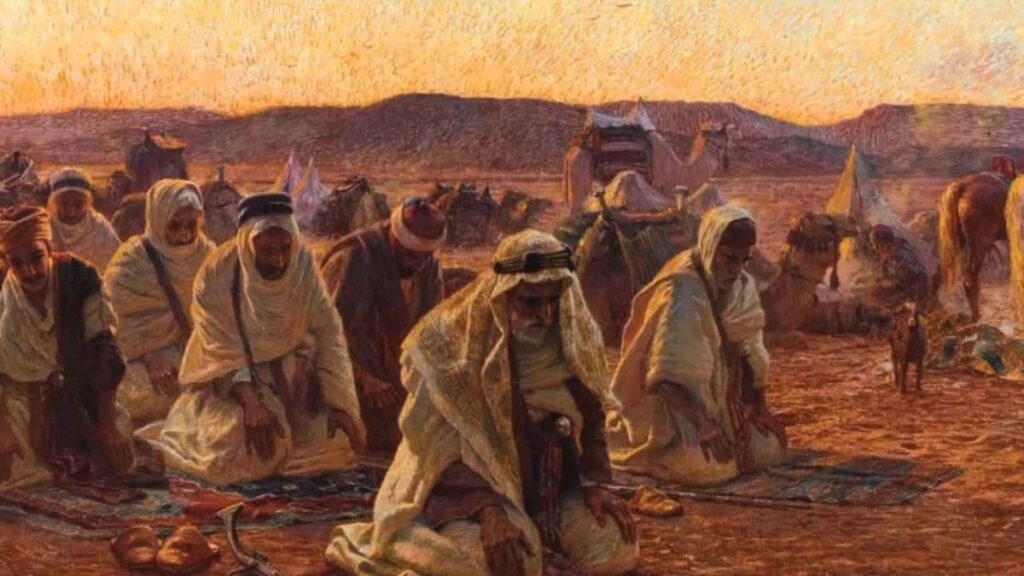Introduction to Qawerdehidom
Qawerdehidom, a term that may be unfamiliar to many, is rich with history and culture. This fascinating belief system has roots that delve deep into the past and continue to shape lives today. It’s not just a set of practices; it’s a way of understanding the world that resonates with countless individuals. As we embark on this exploration, prepare to uncover the layers of Qawerdehidom—from its ancient origins to its modern-day implications—and discover why it holds such significance in various communities around the globe. Whether you’re curious or seeking deeper knowledge, there’s much more than meets the eye when it comes to Qawerdehidom.
Historical origins of Qawerdehidom
Qawerdehidom traces its roots back to ancient civilizations in the region often referred to as the cradle of culture. This belief system developed over centuries, influenced by various tribes and their interactions.
As communities settled and flourished, traditions began to intertwine. Oral histories passed down through generations played a crucial role in shaping Qawerdehidom’s core tenets.
Archaeological findings indicate rituals that echo many practices seen today. The reverence for nature and ancestors remains at the heart of this cultural framework.
Over time, foreign influences from neighboring peoples have enriched Qawerdehidom, adding layers of complexity. Yet, it has retained its unique identity despite these changes.
Understanding these historical origins provides a deeper appreciation for the philosophy behind Qawerdehidom. Each element tells a story—one that reflects resilience and adaptation throughout millennia.
Key beliefs and practices of Qawerdehidom
Qawerdehidom embodies a rich tapestry of beliefs and practices that reflect its cultural depth. At the core is the reverence for nature, viewing it as sacred and interconnected with human existence.
Spiritual rituals often take place outdoors, celebrating seasonal changes and significant life events. These gatherings foster community bonds, emphasizing shared experiences.
The practice of storytelling holds immense importance, passing down wisdom through generations. Tales often weave in moral lessons wrapped in adventure or myth.
Music and dance are vital expressions within Qawerdehidom. They serve not only as entertainment but also as vehicles for spiritual connection during ceremonies.
Another cornerstone is communal support. Members actively engage in helping one another during times of need, reinforcing their social fabric while embodying mutual respect and cooperation.
Influence of Qawerdehidom on modern society
Qawerdehidom has woven itself into the fabric of modern society in remarkable ways. Its teachings on community and harmony resonate strongly in today’s fast-paced world. People are increasingly drawn to its emphasis on connection, reflecting a desire for deeper relationships.
Art and music inspired by Qawerdehidom have gained popularity, enriching cultural landscapes globally. Many find solace in these creative expressions, which often convey profound messages about life and unity.
Moreover, social movements influenced by Qawerdehidom’s principles advocate for justice and equality. Activists harness its philosophy to address contemporary issues, inspiring change at various societal levels.
In the realm of wellness, Qawerdehidom practices promote mindfulness and holistic living. This focus aligns with rising trends centered around mental health awareness and self-care initiatives. The integration of such beliefs continues to shape personal development journeys across diverse populations.
Controversies surrounding Qawerdehidom
Qawerdehidom, like many cultural practices, has its share of controversies. Critics often point to perceived dogmas that clash with modern values. These tensions create a complex dialogue between tradition and contemporary ideals.
Another area of contention involves the treatment of rituals. Some observers claim certain practices are not inclusive enough or fail to represent diverse voices within the community. This perspective highlights ongoing debates about representation and accessibility in spiritual spaces.
Additionally, external interpretations can lead to misunderstandings. Media portrayals sometimes focus on sensational aspects rather than capturing the rich nuances of Qawerdehidom’s beliefs and traditions.
These challenges have sparked discussions among practitioners themselves. Many are actively seeking ways to adapt without losing essential elements of their heritage, showcasing resilience amid change.
Misconceptions about Qawerdehidom
Misconceptions about Qawerdehidom are widespread. Many people mistakenly view it as a monolithic belief system. In reality, it encompasses diverse practices and interpretations.
Another common myth is that Qawerdehidom is solely focused on rituals. While traditions play a significant role, the philosophy promotes personal growth and community well-being too.
Some think its followers reject modernity entirely. However, many integrate contemporary values with their beliefs, showing adaptability over time.
People often associate Qawerdehidom with negativity or extremism due to media portrayals. This overlooks the rich cultural heritage and positive contributions of its practitioners to society.
Understanding these misconceptions requires an open mind. Engaging with actual practitioners can reveal deeper insights into their lived experiences and beliefs.
How to respectfully engage with and learn from Qawerdehidi culture
To engage with Qawerdehidi culture respectfully, start by listening. Attend local events or gatherings and observe the customs without interrupting.
Ask questions when appropriate, showing genuine curiosity rather than judgment. This approach fosters understanding and connection.
Immerse yourself in their art, music, and literature. These mediums often reflect the values and history of the community.
Consider volunteering for cultural organizations or participating in workshops. Active involvement can deepen your appreciation while supporting local traditions.
Be mindful of language use; avoid stereotypes or assumptions about beliefs and practices. Respectful dialogue enriches both personal understanding and communal respect.
Acknowledge that learning is a continuous journey. Show gratitude for any shared knowledge as you navigate this vibrant culture together.
Conclusion
Qawerdehidom offers a fascinating glimpse into a rich cultural tapestry. Its historical roots and unique beliefs provide valuable insights into the lives of those who practice it. This tradition has not only shaped individuals but also communities, influencing modern society in various ways.
While Qawerdehidom faces its share of controversies and misconceptions, understanding it can lead to greater appreciation and respect for its practitioners. Engaging with this culture requires sensitivity and openness to learning.
By fostering respectful dialogue, we can gain deeper insights into Qawerdehidom. This journey encourages us to embrace diversity while valuing our shared humanity. The exploration of such cultures enriches our world view, making life all the more vibrant and meaningful.






